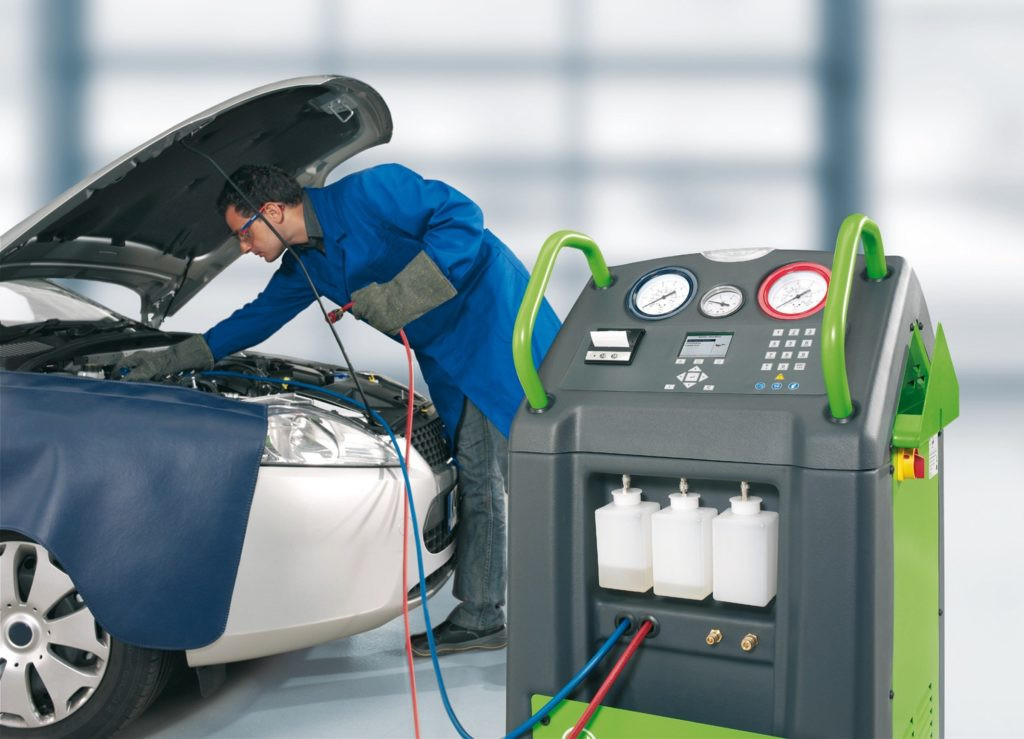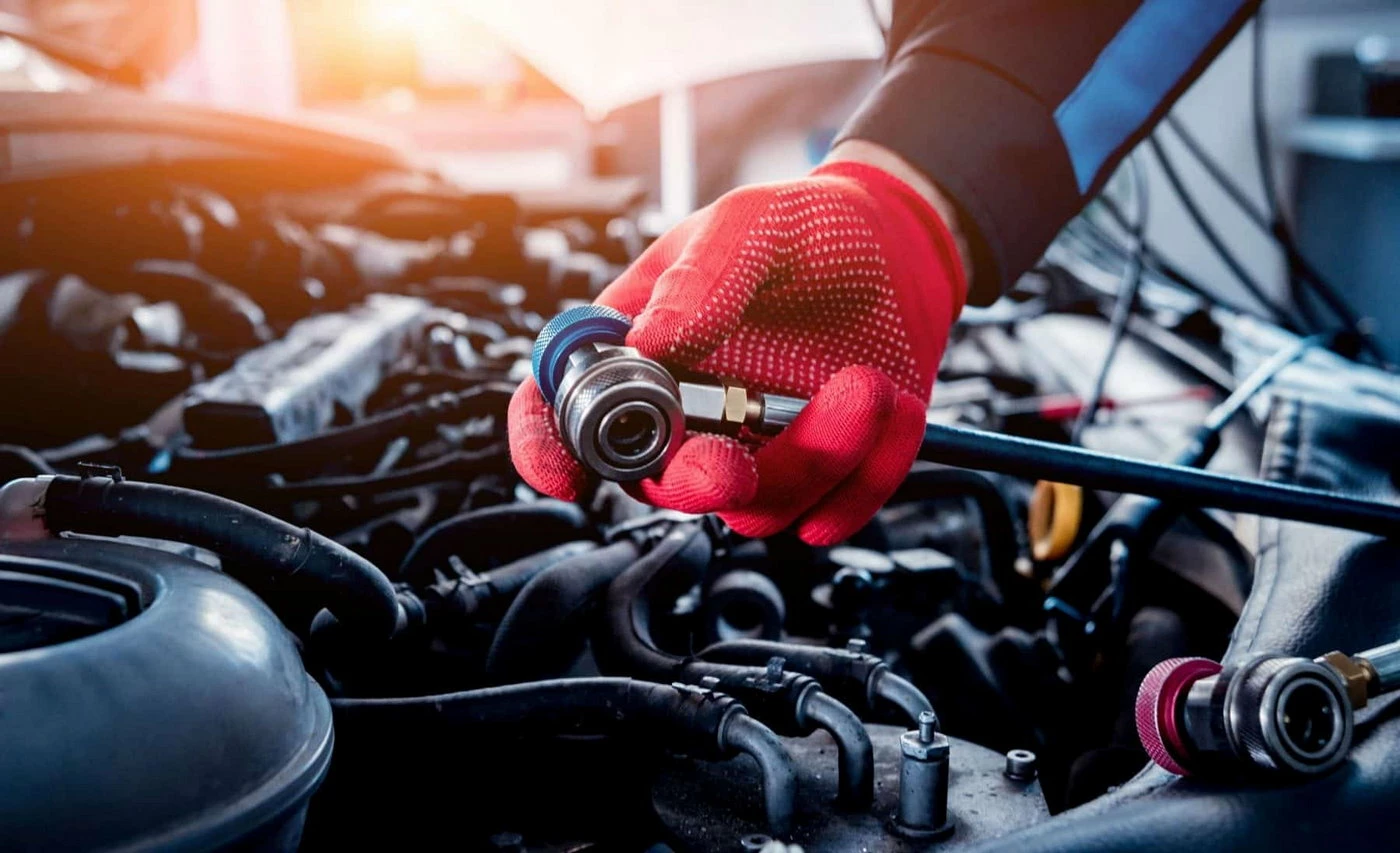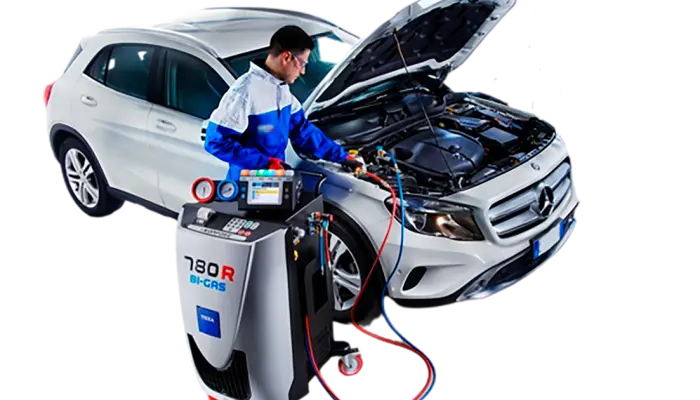During the hot season, air conditioning problems can be a nightmare. You turn it on, but instead of cool air, you feel only warm air. Or, even worse, water starts dripping from the indoor unit. To prevent such situations, regular diagnostics and timely repair of the air conditioning system are essential.
Common Signs of Malfunction
.jpg)
The first signs of problems with the air conditioner are often as follows:
- Insufficient cooling or heating of the room
- Noisy operation of the indoor or outdoor unit
- Coolant leakage or water dripping from the indoor unit
- Bad smell coming from the indoor unit
Do not ignore these signals—they may indicate serious malfunctions requiring professional intervention.
Fault Diagnostics

Before starting repairs, thorough diagnostics of the system must be conducted. Several factors should be considered.
Checking Electrical Components
Disconnect the air conditioner from the power supply to avoid electric shock. Then remove the front panels and check the wiring for integrity, no melting, and secure connections. Use a multimeter to check for shorts and measure resistance. Faulty components, such as the control board or motors, require replacement.
Air Filter Inspection
Dirty filters reduce the efficiency of the air conditioner and can lead to premature wear. Regular replacement or cleaning of filters helps extend the system's lifespan.
Coolant Check
Coolant leakage can be detected in several ways. A special leak detector identifies even small leaks by detecting escaping gas. A pressure gauge can also be used—dropping pressure values indicate a system leak. In case of a critical lack of coolant, a full refill is needed.
Repair Stages

Repairing an air conditioner may include the following stages:
- Cleaning the Systems: A thorough cleaning of the indoor and outdoor units, as well as the drainage system, from dirt and accumulated moisture is done in the first stage. This prevents further clogs and ensures efficient operation.
- Component Replacement: Depending on the detected malfunctions, replacement of electrical or mechanical components may be necessary. This includes fans, motors, control boards, and other parts.
- Repair or Replacement of Pipelines: If coolant leakage is found, pipelines are repaired or replaced entirely after the leak is fixed. Restoring system integrity helps prolong its lifespan.
- Coolant Refill: After pipeline repairs, the system is refilled with the necessary amount of coolant. Its lack or excess adversely affects the air conditioner's operation.
After all repair work is completed, the air conditioner is tested in various modes to ensure its proper functioning.
Prevention and Maintenance
.jpg)
Timely prevention and proper care of the air conditioning system help prevent its premature failure and save on costly repairs.
Safety First
When diagnosing and repairing an air conditioner, follow safety precautions. Always disconnect it from the power supply and wait for all rotating parts to stop. Use protective gloves and glasses to avoid injury.
Energy-Saving Tips
To reduce electricity costs, follow these recommendations:
- Maintain a reasonable temperature difference between the outside and indoors (5-8°C)
- Use the "Auto" mode for optimal adaptation to temperature changes
- Set a timer to turn off the air conditioner at night
- Close curtains/blinds to prevent room overheating
These practical recommendations help not only reduce electricity costs but also make air conditioner use more efficient and environmentally friendly.
Air Conditioning System Maintenance
Here are some care tips:
- Regularly clean air filters
- Avoid prolonged operation in ventilation mode
- Ensure no obstacles to free air entry and exit
- Have annual preventive maintenance by specialists
Following these simple rules helps extend your air conditioner's lifespan and enjoy a comfortable climate at home.
Conclusion
Diagnosing and repairing an air conditioning system is a complex process requiring specific knowledge and skills. Timely detection and elimination of malfunctions prevent costly repairs in the future. Entrust these works only to qualified specialists who can quickly resolve any problem. Following simple care rules prolongs your air conditioner's lifespan for many years.
Frequently Asked Questions (FAQ)
How often should filters be changed?
Air filters should be cleaned every 2-4 weeks and fully replaced every 3-6 months for intensive use.
Can I refill the air conditioner with coolant myself?
Refilling coolant requires specific knowledge and equipment, so it's better to leave this work to professionals.
When is the best time of year for air conditioner maintenance?
It's optimal to conduct maintenance in spring before the system's active cooling use begins.
Why doesn't my air conditioner turn on?
Check if it's connected to the vehicle's electrical system. Check the fuses and relays controlling the air conditioner's operation. The issue might be with the remote control or internal electronic components.
Why doesn't the air conditioner cool the vehicle's interior?
- Check the air filters and clean or replace them as needed.
- Ensure the vents on the indoor and outdoor units aren't clogged and have adequate airflow.
- Check the coolant level and, if needed, have it refilled by a specialist.
Why does the air conditioner emit a strange smell?
This might be due to dirt and dust buildup in the system. Clean the filters and vents. Condensate buildup that wasn't drained might also cause the smell. Check and clean the drainage pipes.
